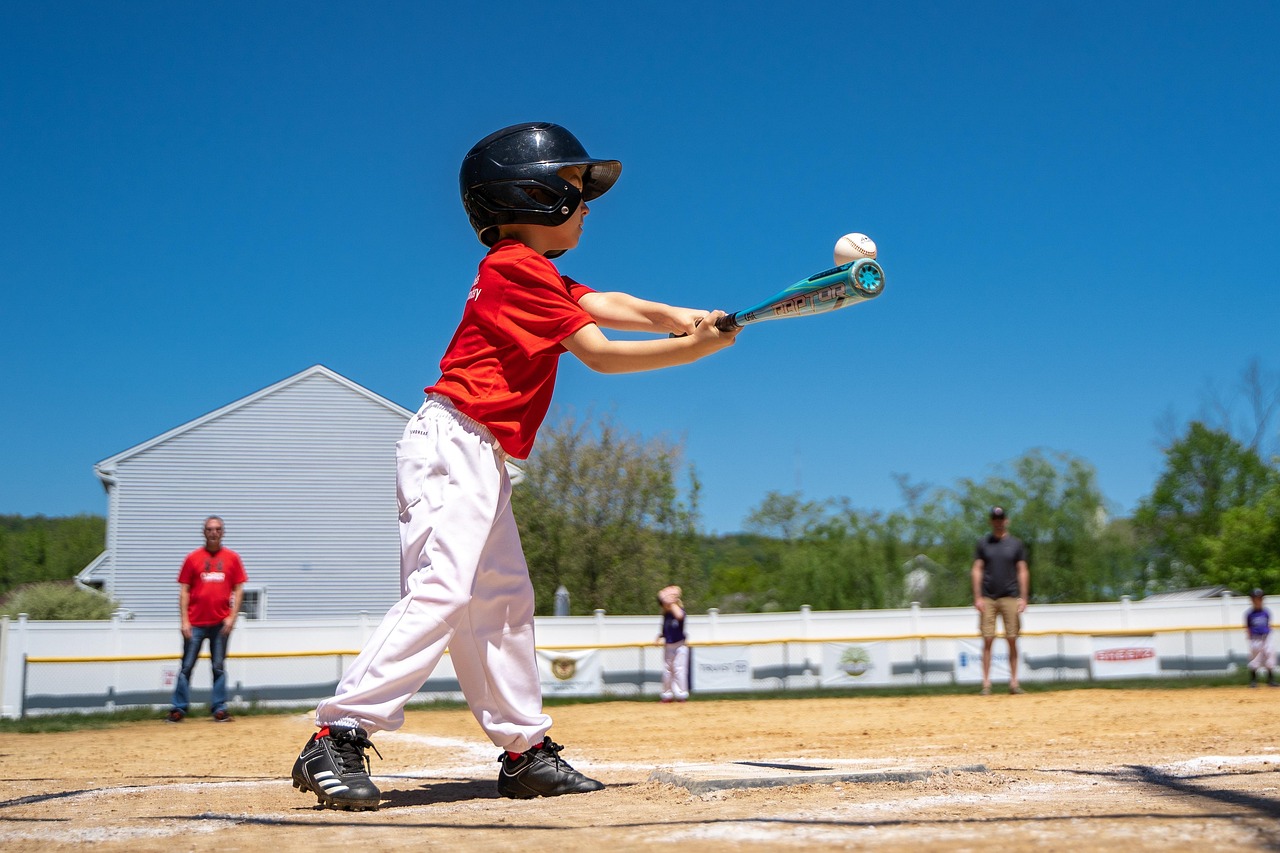Custom made wood bats offer a unique blend of performance and personalization that mass-produced bats cannot match. By choosing specific wood types, sizes, weights, and finishes, players can tailor their bats to fit their individual swing and style. The key advantage lies in creating a bat that meets exact specifications, enhancing comfort and control during play.
These bats are crafted from high-quality woods such as maple, birch, and ash, each providing different characteristics in terms of durability and feel. Skilled craftsmen handmake each bat, often personalizing it with custom colors, engravings, and finishes, resulting in a truly one-of-a-kind product designed to perform at a high level.
For players serious about the game, investing in a custom wood bat means more than just owning equipment—it’s about gaining an edge through precision and quality. This article will explore how custom wood bats are made, why they matter, and how to choose the right one for any player’s needs.
Benefits of Custom Made Wood Bats
Custom made wood bats offer distinct advantages that can enhance a player’s comfort, control, and personal style. These bats provide options that address specific needs in weight, balance, wood type, and appearance to match a player’s individual preferences.
Personalized Fit and Balance
A major benefit of custom wood bats is the ability to tailor the bat’s length, weight, and balance to the player’s unique swing and physical attributes. This allows for improved control and comfort at the plate.
Players can choose a bat that feels natural, reducing fatigue during extended use. For example, a lighter bat can increase swing speed without sacrificing stability, while the balance point can be adjusted to optimize the swing path.
This customization leads to better handling and often improved hitting accuracy. Athletes, whether youth or professionals, benefit from a bat designed precisely for their skill level and hand size.
Optimized Performance
Custom bats are often crafted to increase bat speed and power. Selecting specific wood types such as maple, ash, or birch impacts the bat’s performance due to their varying density and flexibility.
Maple is dense and offers more power but slightly less whip. Ash provides a lighter feel with more flex, aiding faster swings. Birch blends some characteristics of both, offering durability and moderate flexibility.
Custom-made bats also allow fine-tuning of taper and barrel size, directly influencing swing dynamics and contact quality. This attention to detail helps players maximize their hitting potential on game day.
Material Quality
Custom wood bats generally use premium-grade woods that ensure durability and performance under regular use. By selecting from high-quality maple, ash, or birch, players avoid the inconsistencies found in mass-produced bats.
These woods are carefully graded for grain straightness and density, which impacts the bat’s strength and resistance to breakage. Premium materials extend the bat’s lifespan and maintain performance after repeated hits.
In addition, handmade craftsmanship often ensures smoother finishes and tighter tolerances, which contribute to consistency from bat to bat, an important factor for serious players.
Aesthetic Customization
Personalization extends beyond performance to visual and branding preferences. Players can choose custom colors, finishes, logos, and personalized text or numbers.
Options may include natural wood finishes, painted graphics, and laser-etched details. This allows players to express individuality and build a bat that stands out on the field.
Aesthetic customization also helps promote team identity or personal branding in competitive settings without compromising the bat’s function or quality.
Ordering and Crafting Process
The process of ordering and crafting a custom wood bat involves careful decisions about materials, design, and fit. Each step directly affects performance and durability. Precise customization ensures the bat matches the player’s preferences for feel and handling.
Selecting Wood Type
Choosing the wood type is crucial for performance and durability. Most custom bats use pro-grade maple, known for its hardness and consistent grain structure. Some manufacturers offer ash and birch, which provide more flexibility and a lighter feel.
Maple typically offers greater durability and a solid hitting surface. Ash is preferred for its whip-like flexibility, while birch balances toughness and resilience. The choice depends on the player’s hitting style and preference for bat weight or feel.
Manufacturers carefully inspect billets, often selecting Canadian maple for its tight grain. This ensures the bat will withstand repeated impact and resist breakage.
Customization Options
Custom wood bats come with various options to tailor fit and aesthetics. Common customizations include:
- Bat shape: Different barrel sizes, taper shapes, and handle thicknesses.
- Weight distribution: Adjusted to match swing speed and balance preferences.
- Finish and engraving: Personalized logos, player names, and custom painting.
- Knob style: Different shapes and sizes available for grip comfort.
These options allow players to create a bat optimized for comfort, control, and visual identity. Some companies offer digital mockups of the design before production.
Sizing and Weight Considerations
Accurate sizing affects swing mechanics and contact quality. Length is often measured between 30 to 34 inches for wood bats, with increments of half an inch. Weight typically ranges from 28 to 34 ounces, depending on the length and wood density.
Batters consider factors like hand size, height, and strength to determine ideal weight and length. Balanced bats offer a more controlled swing, while end-loaded bats generate more power but require stronger wrists.
Players frequently consult experts or use fitting tools provided by manufacturers to select dimensions that optimize performance without causing fatigue.
Production Timeline
The crafting process varies but generally takes 2 to 6 weeks after order confirmation. It begins with selecting and preparing the wood billet. Next, the bat is shaped using CNC machines or hand-turning lathes to achieve precise dimensions.
Following shaping, finishing touches like sanding, painting, or engraving are applied. The bat undergoes quality checks to ensure smoothness and compliance with design specs.
Shipping times depend on the manufacturer’s location and the customer’s address but typically add a few additional days. Rush orders may be available for an extra fee.






Leave a Reply